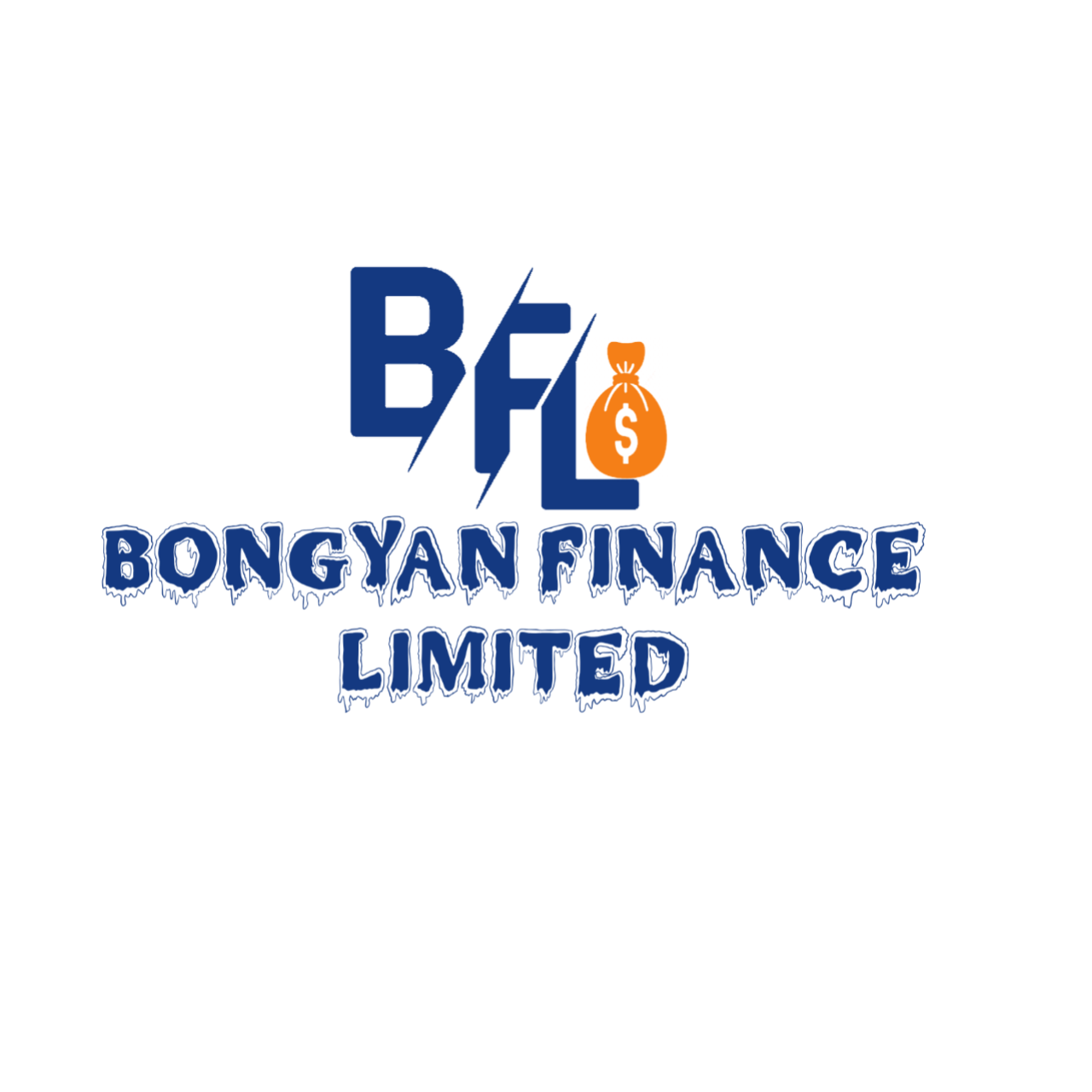What Is Project Finance?

Project finance is the process of funding, or financing, a long-term project. This may be infrastructure or public services using a non-recourse. As well as industrial projects, or limited recourse financial structure. The equity debt that is used to finance the project is then paid back with the cash flow that is generated by the project.
Essentially, project financing is a type of loan structure. It relies mainly on the project’s cash flow as a form of repayment. While the project’s assets, interests, and rights are held as secondary collateral. This can be known as the collateral to back up the original collateral.
Project finance is an especially attractive method to private sector companies. This is because they can fund large projects off-balance sheet (OBS).
Types Of Project Finance
Project finance can come from a variety of different sources. The main sources are as follows:
- Equity
- Debt
- Government grants
Features Of Project Finance
There are a number of different features of project financing. Here are some of the main ones:
- Non-recourse financing: In the case of a financial default, non-recourse financing means that neither the borrowers nor the borrowers’ shareholders are personally liable.
- Off-balance sheet financing: In transactions involving project financing, the project’s owner, or project company, is a separate business known as a special purpose entity.
- Capital intensive: Due to the fact that it is used to fund significant infrastructure and international development projects, project finance requires enormous amounts of funding.
- Project participants: There are frequently many project parties involved in project finance. Project sponsors frequently need to add equity investors to the list of project stakeholders due to the enormous sums that are normally involved in project financings.
- Risk allocation: Due to the increased risk exposure, international project financing transactions are typically riskier than regular corporate finance transactions.
Advantages Of Project Finance
There are a number of advantages that come with project finance. Here are some of the main ones:
- The joint venture helps the partners in lowering project costs.
- The project sponsor can use reliable sources of funding thanks to the company’s project finance.
- Project finance helps to address overhead costs and specific issues.
- It helps to achieve economic scope.
Disadvantages Of Project Finance
There are also disadvantages to project finance. Let’s take a look at some of the main ones:
- The act of negotiating for the project’s finance can be exceedingly difficult and expensive.
- Due to indirect credit support, the loan cost is higher for all lenders.
- Due to its intricacy, direct financing requires higher funding costs than those required by indirect financing.
How Do You Manage Project Finance?
There are five steps that you should follow to manage your project finance. They are as follows:
- Estimate the costs of the project
- Set the budget for the project
- Figure out whether you can gain access to contingency funding
- Track your spending and resource allocation on a weekly basis
- Make sure that the expectations of the project are properly managed
Project Finance Example
Let’s say that Company X wants to invest in a long-term project. They decide to take out a bank loan of $300,000 with 10% interest over 5 years to help pay for this project.
As the project develops, Company X uses the funds that are being generated from the project to incrementally pay back their loan with interest.
By the end of the 5 years, the project had gained an income of $600,000. Meaning that the original loan of $300,000 has been paid off, plus the $30,000 of interest. Leaving the company with $270,000 of profit.
Project Finance and Build, Operate, and Transfer Projects
For a build, operate, and transfer (BOT) project, the project finance structure has a number of key elements. It will generally tend to include a special purpose vehicle (SPV), which is a subsidiary that is created in order to isolate financial risk. The single activity of the company throughout the project is subcontracting. This is almost all of its aspects through operations and construction contracts. The debt service will only happen during the operations phase. This is because there isn’t a revenue stream during the construction phase of any new-build project.
Because of this, a party can take significant risks during this initial construction phase. The only stream of revenue during this phase tends to be under a power purchase agreement or an offtake agreement. Company shareholders are normally liable up to the extent of their shareholdings. This is because there is no or limited recourse to the sponsors of the project. The project would remain off-balance-sheet for the government and for the sponsors.
Project Finance and Off-Balance Sheet Projects
The debt of a project, or project debt, is normally held in a sufficient minority subsidiary. This would not be consolidated on the respective shareholder’s balance sheet. This in turn then reduces the impact of the project on the cost of the shareholders’ existing project debt and debt capacity. The shareholders themselves are also free to use their project debt capacity for any other means, such as further investments.
The government can use project financing to some extent. This is to keep project liabilities and debt off-balance-sheet. This is so that they take up less fiscal space. Fiscal space is the total amount of money that the government can spend beyond what it is already investing in public services. That would include services such as welfare, health, and education.
In theory, this strong economic growth would bring more money to the government. This would be through the extra tax revenue that is gained from more people working and paying taxes. Therefore allowing the government to increase their spending on public services.
Project Finance and Non-Recourse Financing
When a business defaults on one of its loans, recourse financing gives the lender a full claim on the shareholders’ cash flow or assets. Whereas project financing states the project company as a limited liability special purpose vehicle (SPV). Therefore, the lenders’ recourse is limited entirely or primarily to the assets of the project. This includes performance guarantees and bonds, as well as completion in case the project company has a chance of default.
An important issue in non-recourse financing is whether or not circumstances may come up. This would be where the lender has recourse to all or some of the shareholders’ assets. This may happen when there is a deliberate breach on the part of the shareholders. Therefore giving the lender recourse to their assets.
The law can restrict shareholder liability to some extent. For example, the liability for an issue such as death or personal injury tends to not be subject to elimination. Non-recourse debt is best characterized by a high level of capital expenditures (CapEx). As well as uncertain revenue streams and long loan periods. For these loans to be underwritten, sound knowledge and financial modeling skills are required.
In an attempt to preempt deficiency balances, loan-to-value (LTV) ratios tend to be limited to 60% in non-recourse loans. A lender would impose a higher credit standard on borrowers in order to minimize the chance of them defaulting. Non-recourse loans carry higher interest rates than a recourse loan would. This is because they carry a much higher risk, which in turn pushes up the reward.
Summary
When trying to pull off the project finance for a particularly ambitious project, it’s important to make sure that your business can handle the debt. Some businesses will look to project sponsors for this. These project sponsors will be in charge of the overall success of the entire project and help to ensure a positive delivery.


















